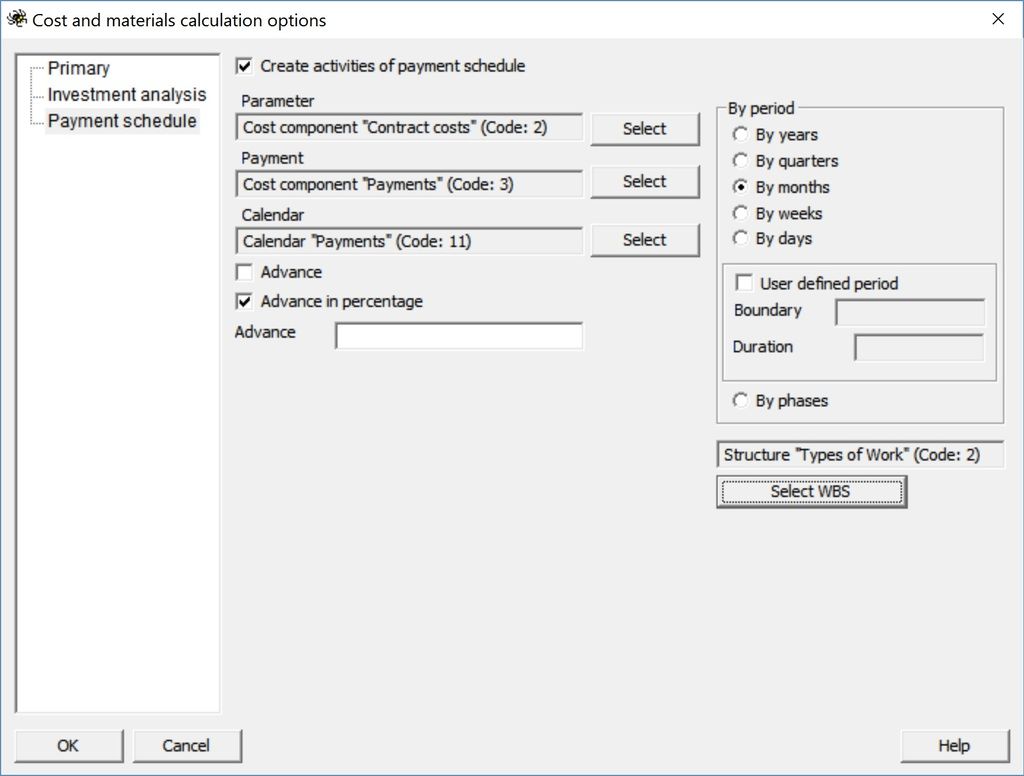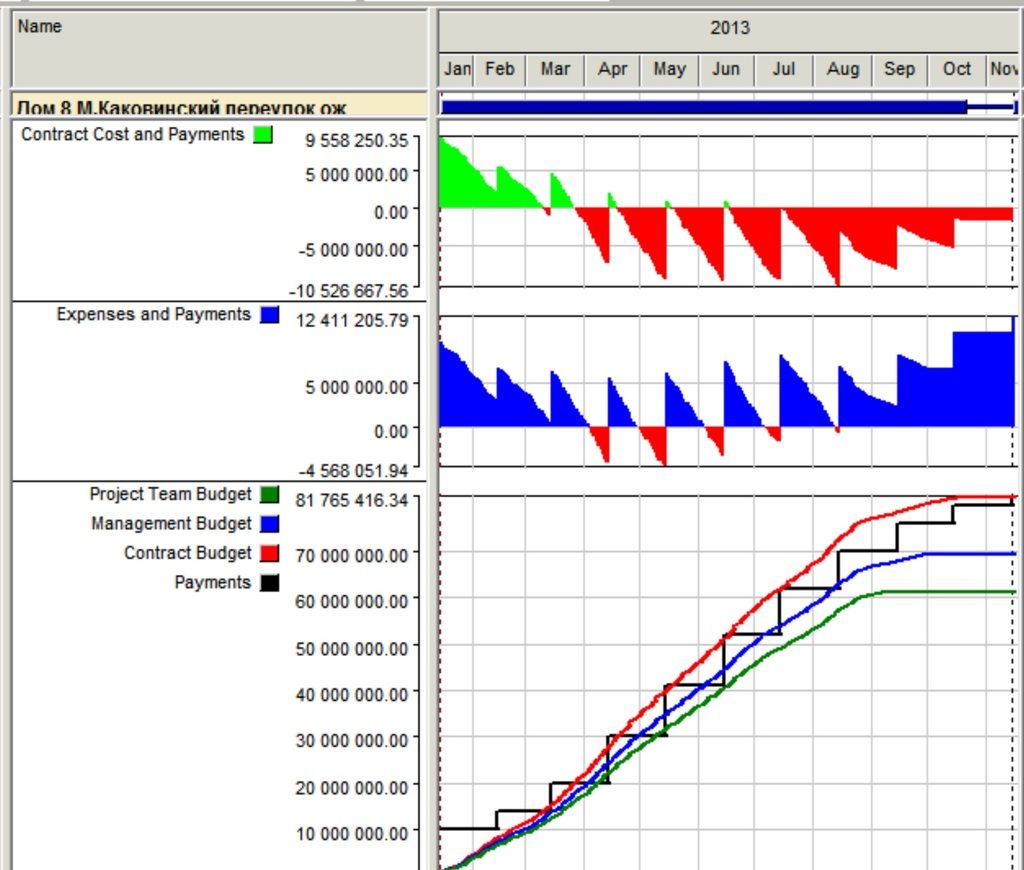In our jobs it is not unusual for some activities to include several pay items, each with a different quantity, different unit price, different dollar amount. How do you account for this using Spider Project?
In our billings we are required to show in a transparent way the quantity [volume of work], the unit of volume, the unit price, the extended dollar amount for budget, total to date and current period for every pay item.

In the case of activities such as elevated slab forms it might have different pay items such as forms, electrical, mechanical, reinforcing steel, each with different quantity, different unit of work ... but multiple pay items and their corresponding activity must be modeled under the same activity as to keep the resources working as a team.
I have not figured it out how to use Spider Project as a billing tool; no matter if using cost loading at the activity level, at the resource level or material resource. It looks like an easy task if using P6, similar to SureTrak which I have used once before as a billing tool.

Best Regards,
Rafael










Replies